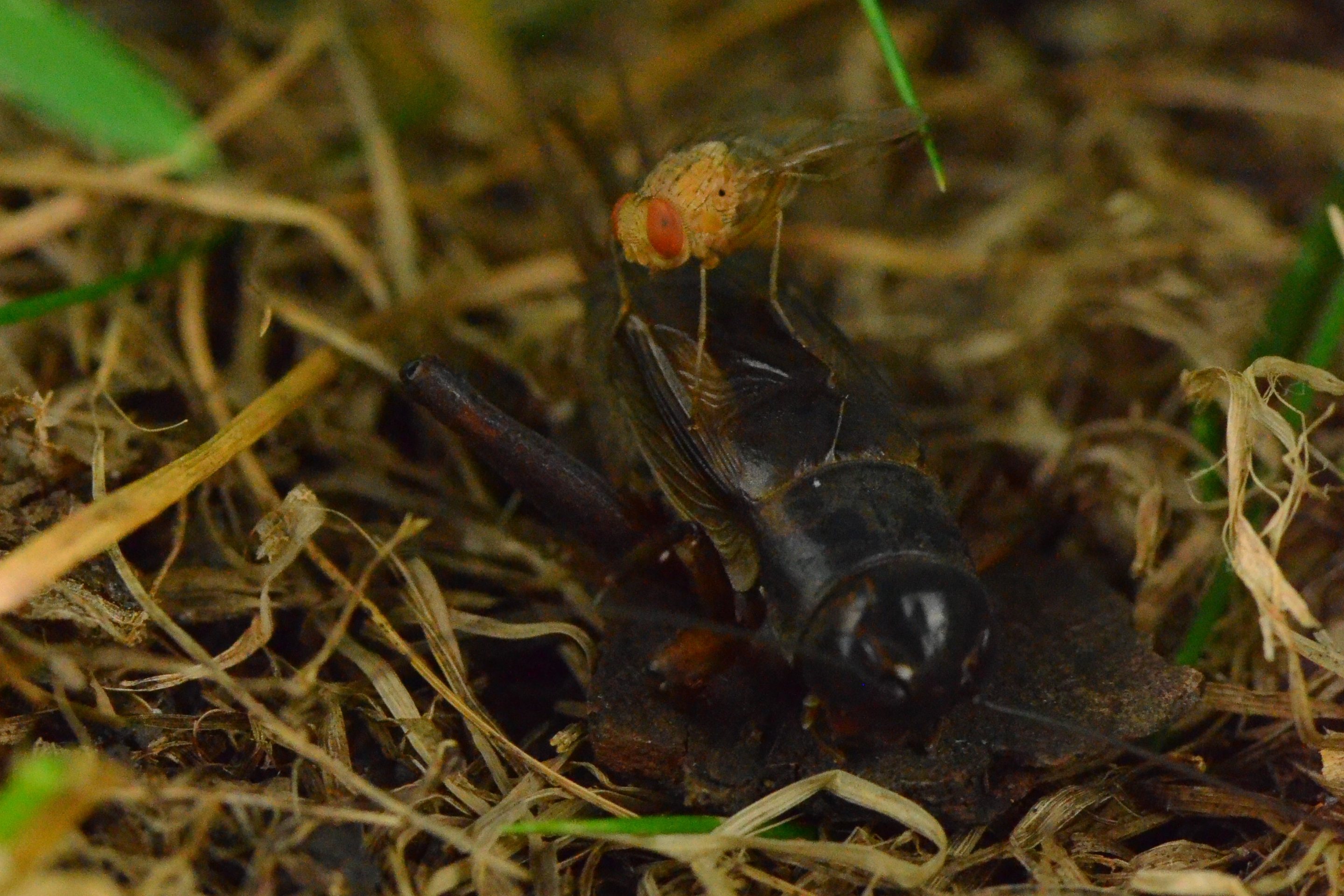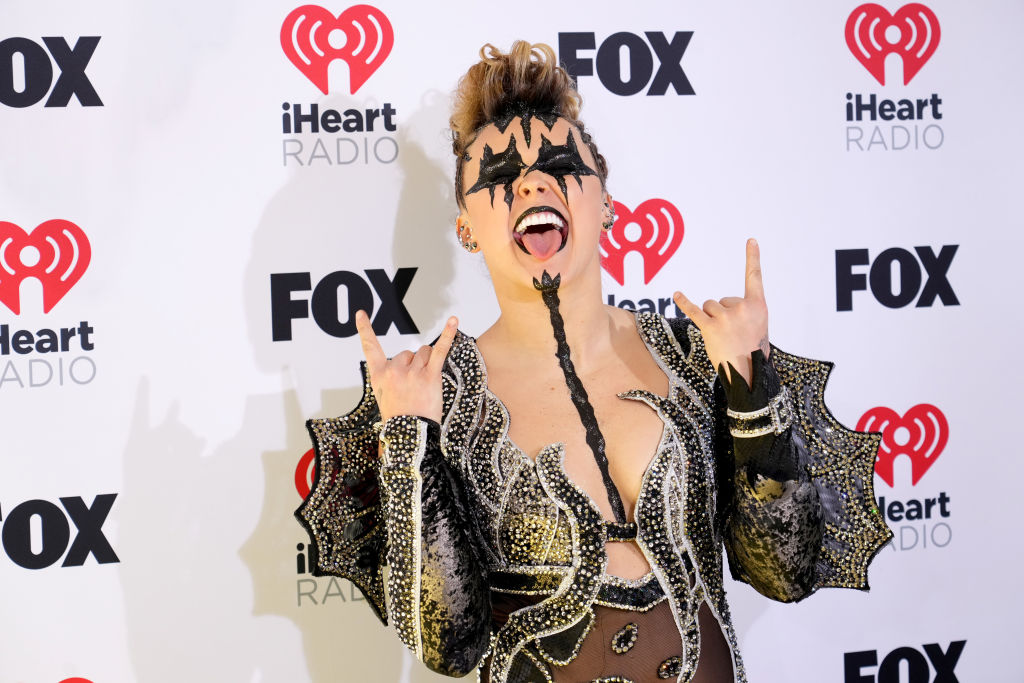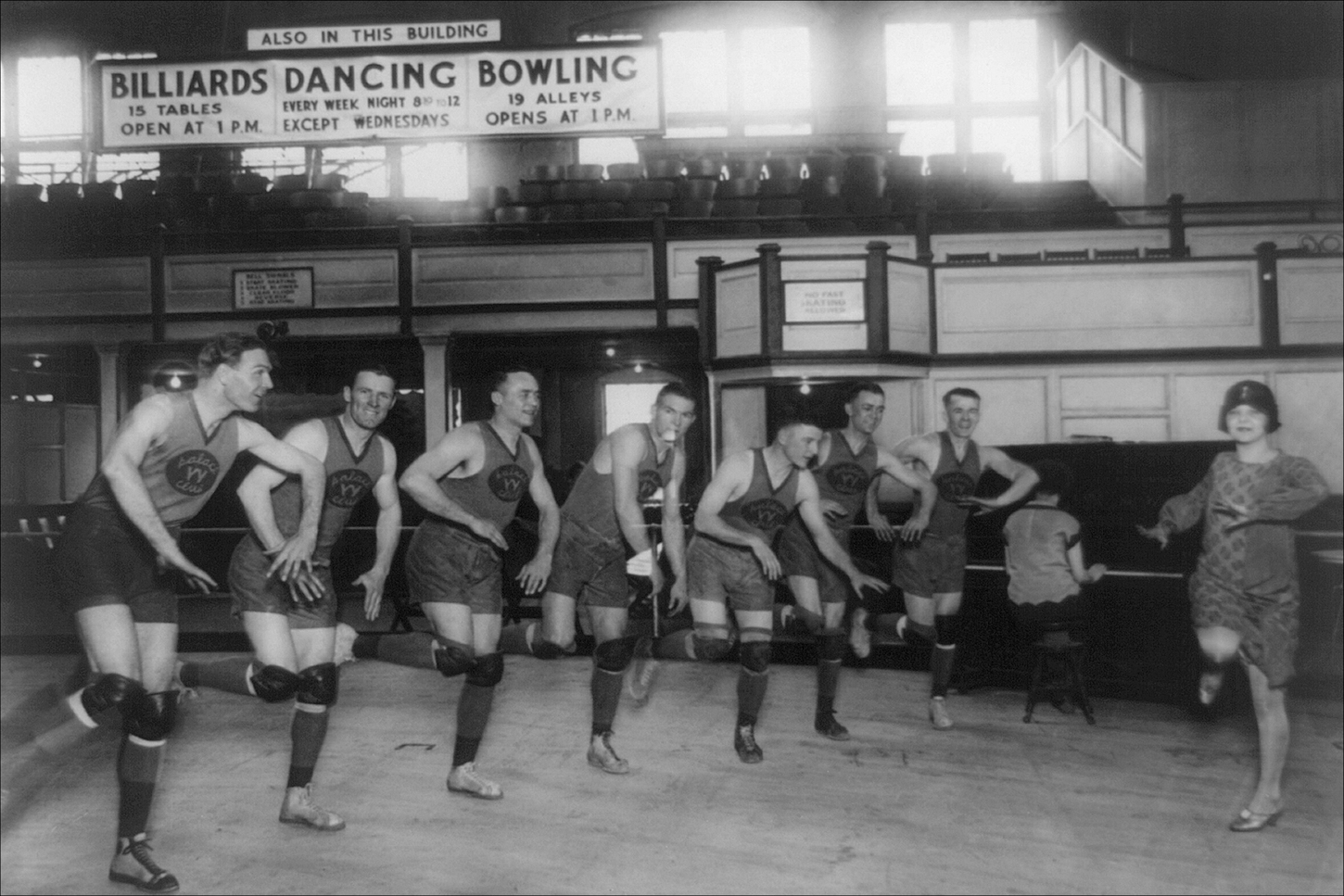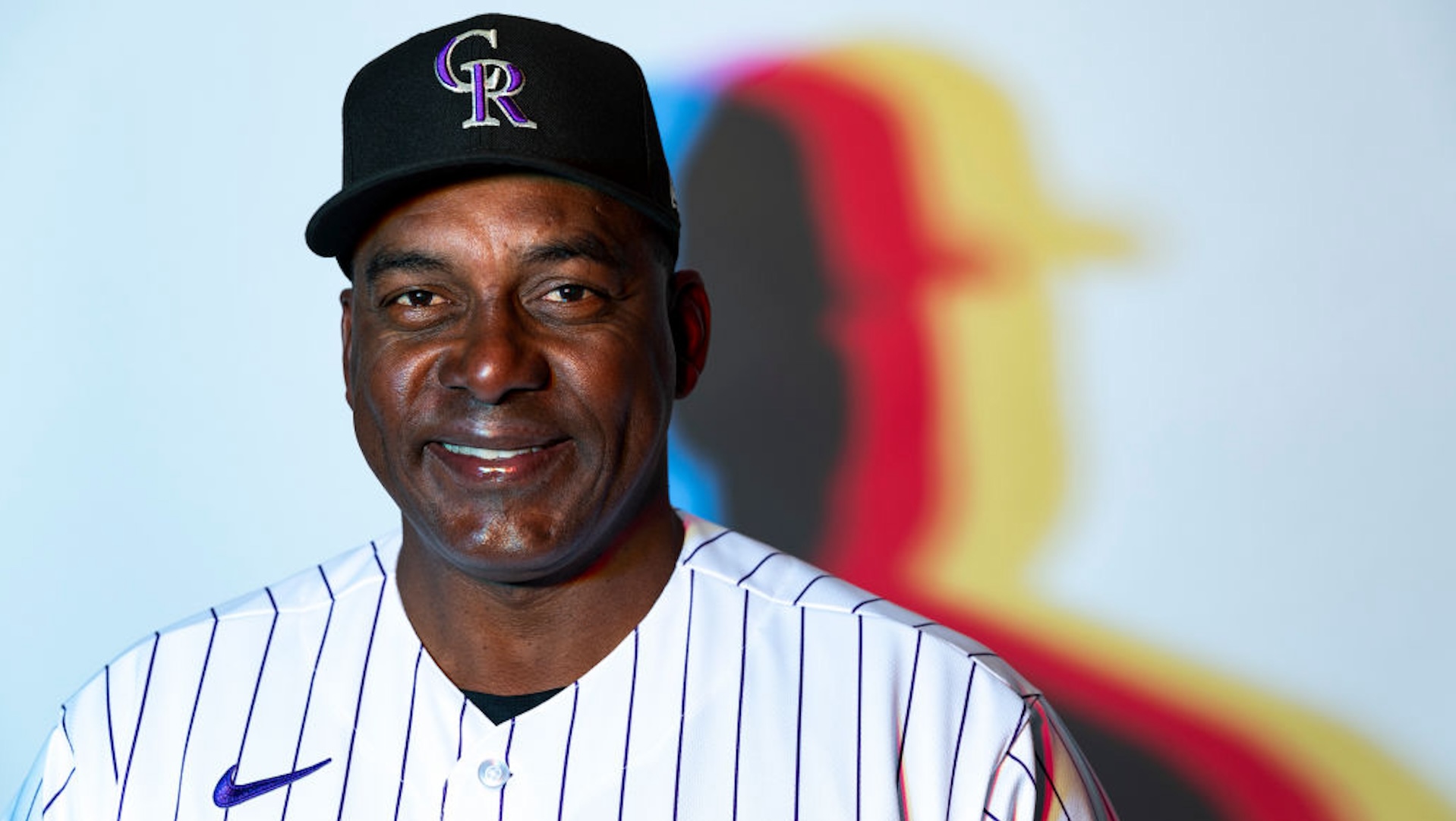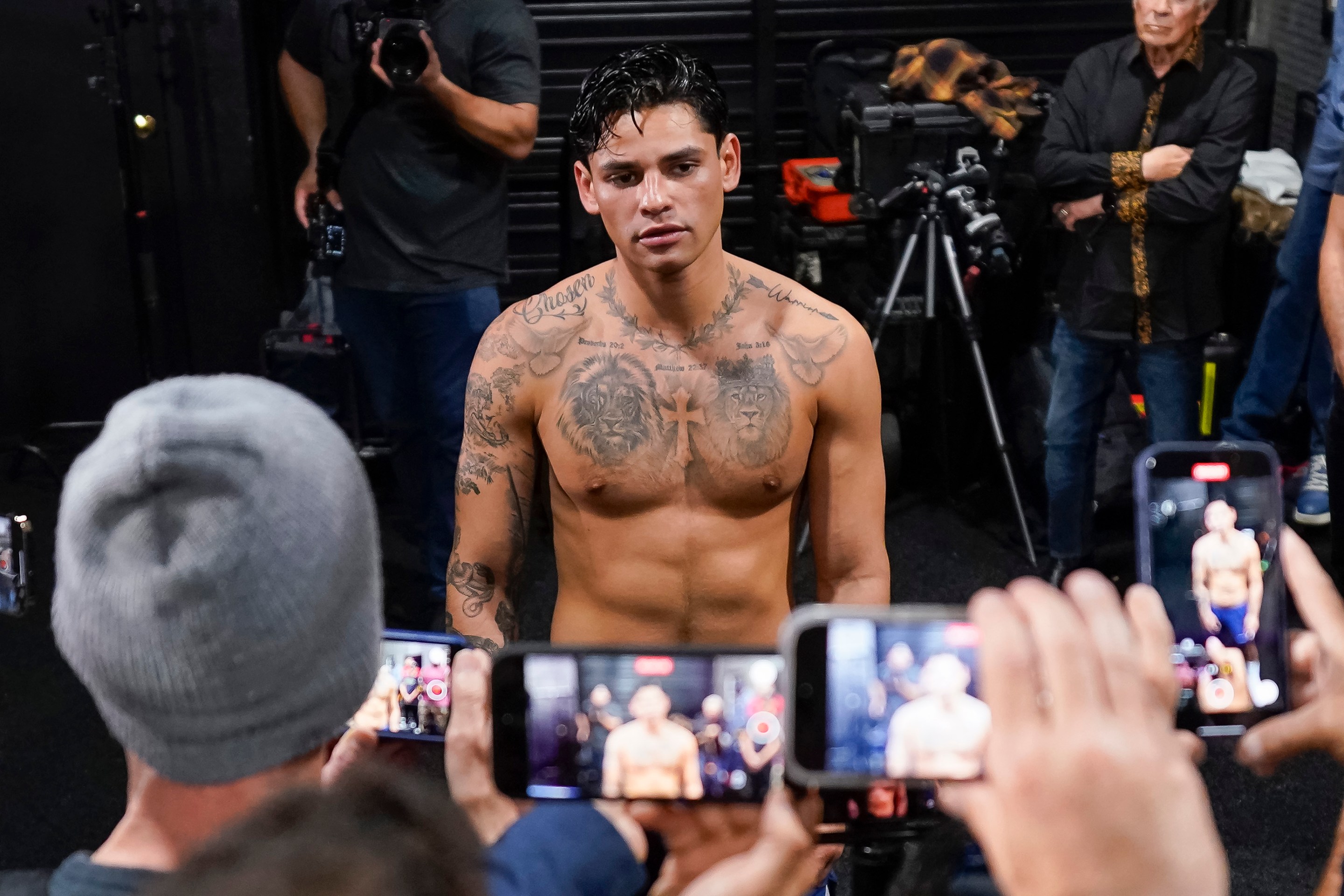Let’s Remember Some Sports Leagues That Defector Has Outlived
10:46 AM EDT on September 8, 2021
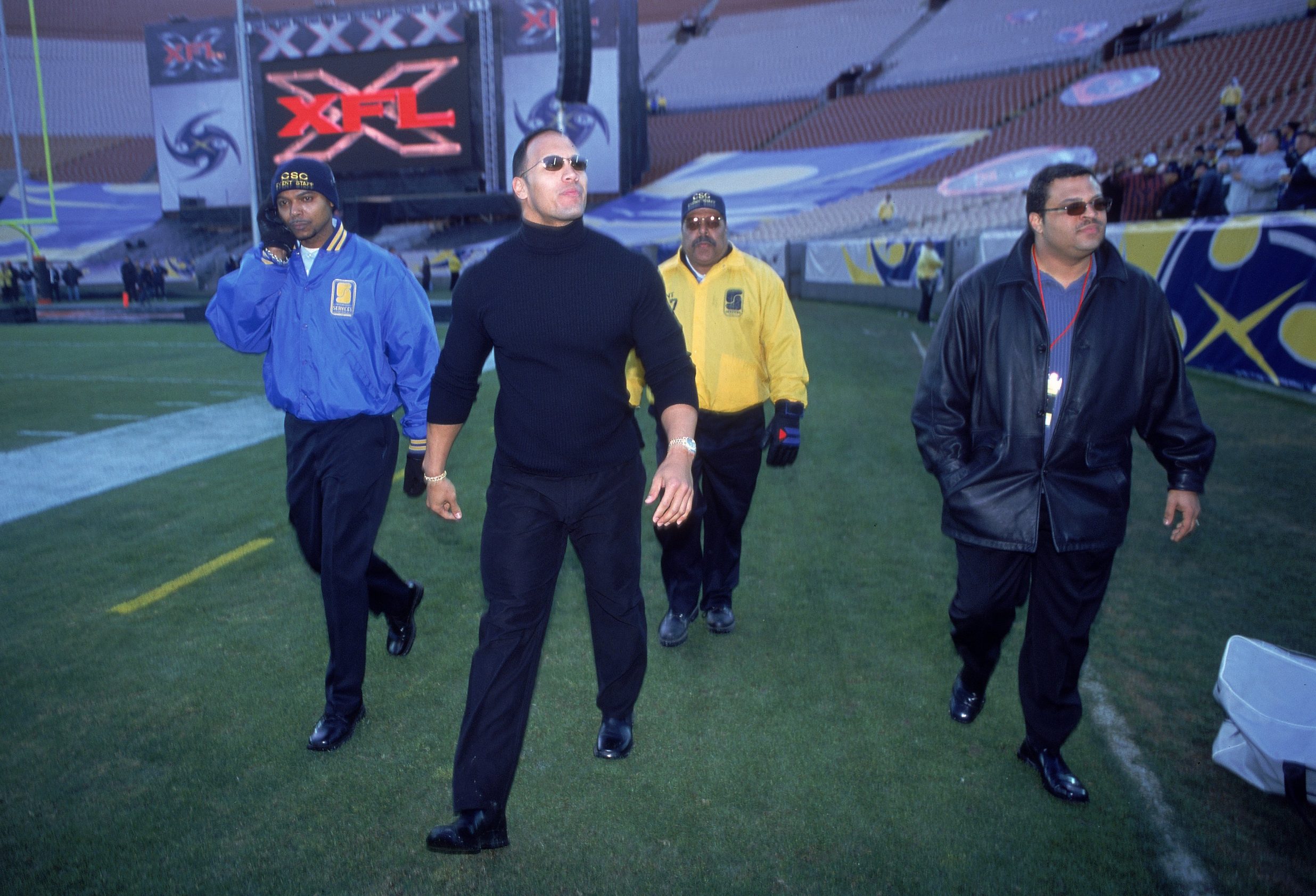
Damn, it's been a year of Defector already! A year of blogs! A year of newsletters! A year of bugging Barry relentlessly until he finally lets me write about an obscure Detroit athlete! The haters and the losers must feel absolutely sick about it all. But it feels great for us, and I hope it feels OK for you all, too.
While we hope for many more years to come here at Defector, just getting through 12 months intact is in itself a very cool accomplishment—and certainly not one that every organization can enjoy. In the interest of marking our one-year, let's pause for a moment and remember some of the sports leagues that, despite in most cases their best efforts, never saw a Year Two.
The Union Association (Baseball, 1884)
Though it had no realistic hopes of challenging the National League or the American Association, the short-lived Union Association had at least one claim to honor and nobility above its competitors: It had no reserve clause.
Started by old-money St. Louis millionaire and sports fan Henry Lucas, the UA stood in opposition to the reserve system that bound players to their teams year after year after year, giving them no leverage to negotiate higher salaries. Lucas called the clause “an outrageous and unjustifiable chain on the freedom of players,” and while he of course had a vested interest in separating players from their teams in rival leagues, he also stands out as a man nearly 100 years ahead of his time, as the reserve clause would stay in effect until 1975.
Unfortunately, despite Henry's willingness to spend, the UA failed to draw fan interest away from the more established NL, and the league had to shuffle teams in and out during its lone season due to financial instability. (Lucas's St. Louis Maroons, at least, would briefly join the NL in the aftermath of the UA's failure, but he soon sold the team and they moved to Indianapolis.)
For his ambitious exploits, Lucas came to be known as "the Napoleon of baseball" while his pet project was derisively dubbed "The Onion League." Evidently, the lack of success he found with the Union Association did a number on his finances. After another misguided sports quest (building a velodrome), he moved to Chicago and filed for bankruptcy in 1902. He'd return to St. Louis and spend the last years of his life as a public works inspector. When he died, one headline read, "Famous Sportsman Who Spends Millions in Fruitless Baseball War Dies in Poverty."
The Players' National League of Professional Base Ball Clubs (Baseball, 1890)
Best known as just the Players' League, this was another challenge to the lopsided relationship between owners and athletes that continually plagued pro baseball. This league, however, came not from a wealthy outsider, but from disgruntled National League players, led by Hall of Fame New York Giants infielder and Columbia Law School graduate John M. Ward.
Ward, the president of the first ever pro athletes union in the U.S., led a fight against the NL for improvements in salary and working conditions, threatening the formation of new league if their demands were not met. When the established franchises called their bluff, the Players' League was created. While the upstart league was able to lure dozens of players away from the NL, its leaders ultimately did not have the NL's financial backing or business acumen, and as a result the PL folded after its 1890 season.
In retrospect, though the players behind the league bravely took a morally correct stand in challenging the NL's exploitation, they ended up worsening their positions by destabilizing the American Association through their competition and failing to end the reserve clause in their lifetimes. The AA would go on to fold in 1891, leaving players with nowhere to go to play pro baseball except the National League, which took full advantage of their even-greater leverage.
Union Professional League (Baseball, 1908)
Alfred Lawson, a pioneer in the field of commercial air travel, made three starts as a pitcher with the Boston Beaneaters and the Pittsburgh Alleghenys (all losses) in 1890. He scarcely did better as a businessman in the sport. Lawson's league never really got off the ground, as poor weather, poor attendance, and a lack of recognizable talent all led to a lack of funds and an eventual exodus of players from the league. It folded in June of its first season.
Lawson had a lot of life left to live, however, and he left a legacy as an innovator in the skies. He also, unfortunately, tainted much of that success with the "science" he pursued in his later years. In 1942, Lawson founded a school in Des Moines called the University of Lawsonomy, which promoted among other things the idea that the Earth was governed not by energy but "suction" and "pressure." (You can and should read all about this here.)
East-West League (Baseball, 1932)
The East-West League was far from the only short-lived Negro League from baseball's segregation era, but it's likely the most relevant, both for the sheer amount of talent that it boasted and for the way it served as a launching pad for the second Negro National League.
As it was the middle of the depression, and barnstorming was often a more lucrative way for teams to make money, the East-West League started play in May and went bust by early July. But for a brief moment in time it boasted a juggernaut of a Detroit Wolves team with five future Hall of Famers on it—Cool Papa Bell, Mule Suttles, Willie Wells, Ray Brown, and Smokey Joe Williams.
The Continental League of Professional Baseball Clubs (Baseball, 1959-60)
The Continental League never actually played a game, but its short-lived threat to Major League Baseball played a key role in accelerating MLB's expansion and helped bring high-level baseball to several new cities.
In the aftermath of the Dodgers and Giants' departure from New York, Mayor Robert Wagner appointed William Shea as the chairman of a committee intended to bring an MLB team back to NYC. When those efforts failed, Shea instead announced the formation of the CL in July of 1959, naming Branch Rickey as league president a month later. The league included proposed teams from future MLB homes like Dallas, Houston, Minneapolis, Atlanta, Toronto, and Denver, as well as a new team in New York.
Though MLB was probably always going to expand with or without this competition, the CL pretty clearly led to teams being quickly installed in new places like Minnesota in 1961 and Houston in 1962. This growth destabilized the hopes of the CL, and the final nail in the coffin came when the NL offered a new franchise to the owners of the Continental League's New York club, which would become the New York Mets. Though Shea never actually got a new league out on the field, he was successful in his original mission, and as a result got a stadium in Queens named in his honor.
Various Independent Baseball Leagues Of The 90s
The 1990s saw a huge boom in indy baseball across the country, likely helped in no small part by the 1994-95 MLB strike. Over a dozen new independent leagues started up between 1994 and 1996 alone, and while a few of them (most notably the Frontier League) found something resembling long-term success, almost all of them folded within a couple of chaotic seasons, tops. Ones that we've outlived include the Great Central League, the Golden State League, and the Atlantic Coast League.
Western Basketball Association (Basketball, 1978-79)
Everything you need to know about the Western Basketball Association is this one story, which comes from Bill Pennington's biography of the infamous Yankees manager Billy Martin. Reno Bighorns head coach Bill Musselman was apparently old friends with Martin, and as a result got Martin to do a promotional appearance at the team's first game. He showed up, posed for photos, and then hit the bar.
Some number of drinks later, Martin was approached by a young Reno Evening Gazette reporter named Ray Hagar, who cajoled him into an interview. Hagar brought up a breaking Yankees trade that Martin didn't yet know about, then asked about Reggie Jackson, which prompted an enraged Martin to end the interview and demand Hagar's notes. Hagar refused, and Martin punched him in the face twice, leaving him with a black eye that ran in all the papers the next day.
Somehow, the Western Basketball Association can't even hold a claim to the most ridiculous fight that Billy Martin was involved in during the late '70s. That honor instead goes to the marshmallow salesman he allegedly sucker-punched after an argument at a Minneapolis hotel, which led to one of his Yankee firings.
The All-American Professional Basketball League (Basketball, 2005)
This one's just kind of a bummer. When the All-American Professional Basketball League was announced in 2004 by Casper, Wyo. businessman Worth Christie, it dreamed of being second on the pyramid below the NBA. The problem: Christie didn't have anywhere near the kind of resources needed to back up these ambitions, and all that became of the AAPBL was a Montana tryout camp, a draft, and a quick demise. Christie was unable to sell franchises or season tickets, and he ended up embroiled in lawsuits and unpaid bills from his disaster of an idea.
The Billings Gazette has a good rundown from 2006 that explains the league's failure to launch, and it serves as a memorable cautionary tale against blind optimism for both would-be moguls with designs on starting a new league and the hopeful players who make real sacrifices to try and join up.
Said the planned head coach of the league's Wyoming Golden Eagles, Hernando Planells Jr., "I think you can't really expect to just say you're going to put on a basketball league, and roll out the basketballs and people just show up."
American Lacrosse League (Lacrosse, 1988)
As far as non-major sports leagues go, the National Lacrosse League (formerly the Major Indoor Lacrosse League) has been a real success, simply by virtue of its ability to stay afloat from its first season in 1987 all the way through the present. Two former lacrosse teammates at Adelphi University, Terry Wallace and Bruce Meierdiercks, saw this league's early success and, in 1988, decided that there would also be a market for the "real" version of the game—the one played outdoors.
"This is a pure sport, not a mutation," Meierdiercks told the Baltimore Sun, in a shot at the indoor game and its wrestling-like atmosphere. He said that the league was courting suburban families with games on Sunday afternoons, and it prohibited the sale of alcohol at games (possibly in part because they were using many college venues).
It didn't work. The American Lacrosse League folded after just five weeks of games, with those involved pointing the finger at Wallace and Meierdiercks for overstating their financing and their ability to carry the league.
"These guys were undercapitalized and blatantly lied to everyone," Chris Harvey, Boston's GM, told the Sun. "They claimed they had the money to run the league for two years without any fans in the stands. They were unethical and unprofessional."
Global Hockey League (Hockey, 1990)
The fall of the Iron Curtain was, among many other things, a big opportunity for hockey. So many world-class players—Soviet legends like Alexander Maltsev, Valeri Kharlamov, and Vladislav Tretiak—were inaccessible to North American fans through their entire careers in the USSR. But with this newfound openness, those within the sport realized, hundreds of hockey players who once would have had to go the dangerous route of defection would now be able to take a much simpler path to play in the West.
The Global Hockey League, a brainchild of former Winnipeg Jets owner Michael Gobuty and World Hockey Association founder Dennis Murphy, saw the coming influx of talent and formed in February 1990 in order to try and capitalize on it. The "Global" in its name was meant to be taken very literally, too. The league planned teams not just in logical places like Albany, Providence, and Saskatoon, but also Lyon, Milan, Rotterdam, Prague, and Berlin.
"The changes in the East have helped us," Gobuty said when he announced the league. "We believe this expansion will be a very major development for hockey."
Of course, the GHL ended up as nothing more than a footnote at best. There's no clear answer for why other than, well, it's really frickin' hard to form a league on one continent, let alone two. Reports emerged that described the league as poorly organized and, in the words of one Canadian agent, "run off the kitchen table." In June of 1990, Gobuty announced, essentially, that the league didn't have its shit together in time to start play in that year, but hoped to do so in the next. As I'm sure you can glean if you've gotten this far down in the blog, that planned season never came, and the league folded without ever taking the ice.
Xtreme Soccer League (Indoor Soccer, 2008-09)
Long live the first and only XSL champions, the Detroit Ignition!
American Football League (Football, 1926)
One of several leagues that would use the same name, the AFL stands out as the first of many would-be competitors against the NFL. The league that was to become the most popular in America was, to put it frankly, an absolute shitshow back then, and it's not hard to see why Red Grange's agent, C.C. Pyle, thought he could do better.
The AFL was formed in the aftermath of the NFL's 1925 championship controversy. The league had no playoffs and an open-ended schedule back then, so teams had the freedom to make their own contests (minimum eight games), and the championship would be awarded to whichever of them had the best record. The Pottsville Maroons, in theory, should have been the champs of 1925, but lost their claim to the title as punishment for playing against a Notre Dame all-star team in the Philadelphia territory that belonged to the Frankford Yellow Jackets.
The territorial rights came into play that offseason as Pyle, who had a superstar in Grange and a lease at Yankee Stadium, was denied entry into the NFL on the grounds that Tim Mara's New York Giants held exclusivity over the city. Pyle started his own nine-team league in response, while the NFL added several new teams of their own. The resulting expansion stretched pro football beyond its capacity at that time, and not only did the NFL drop from 22 to 12 teams in 1927, but the AFL folded entirely.
The fourth time turned out to be the charm for the name "American Football League," as eventually in 1970 AFL IV merged with the NFL to create the modern league we all obsess over today.
Professional Indoor Football League (Football, 1998)
I really loved the Arena Football League when I was a young kid making her parents drive to Grand Rapids Rampage games, but here's a thought that never, ever occurred to me: I wish there was another league just like this one. That thought did, apparently, cross the mind of semipro football administrator Dick Suess, who in 1998 believed he could capitalize on the AFL's modest success when he started the Professional Indoor Football League.
The PIFL had an embattled start, as the AFL sued them for patent infringement, saying they had an exclusive right to the rules of their version of the game. The PIFL emerged with the right to play "arena football" (sans the end zone nets), but this legal victory did not foreshadow future financial success. Not only did the PIFL encounter the expected money troubles of any young endeavor, but it was also marred by a clash between Suess and Keary Ecklund, who owned both the Green Bay Bombers and the Madison Mad Dogs.
Frustrated by having to pay expenses for other struggling teams, Ecklund announced his intentions to take his two franchises at the end of the PIFL's inaugural season and started a new league of his own, called the Indoor Football League, which lasted two more years. Suess, meanwhile, hit the reset button and formed a new league called ... wait for it ... the Indoor Professional Football League, which lasted for three seasons.
XFL (Football, 2001)
What is there to say about the first incarnation of the XFL that hasn't already been said? The product of a partnership between NBC and Vince McMahon's ego, the XFL tried to capitalize on the WWE's lucrative Attitude Era and market football to the NFL fans who were most insecure about their masculinity. The whole ill-fated league was treated as a joke from Day One by anybody without a vested interest in its future. The on-field product sucked. The wrestling was non-existent. Every one of the very small number of people who tuned in to watch should have been offended by its insulting stunts and sleazy promotional tactics. The league ceased operations after just one season.
Here's something I learned about the XFL while researching this blog: The X didn't actually stand for "Xtreme." It's just an X. It stood for nothing.
The Alliance of American Football (Football, 2019)
We also have the XFL to blame for the ill-fated Alliance, which lasted for just eight weeks in 2019. Charlie Ebersol's dad, Dick, was an NBC executive and one of the geniuses behind the WWE's failed football endeavor, and for some reason, the kid decided that he could do a better job of creating a new and more serious spring league.
After one of the AAF's pledged backers pulled out just a week into the season, Ebersol and co-founder Bill Polian got Tom Dundon, owner of the Carolina Hurricanes, to invest millions of dollars. At the time, that seemed to promise at least a few years of stability, but San Diego Fleet president Jeff Garner would later call it "a deal with the devil." The result of Dundon's investment was only a couple months of forgettable, pointless football and then a delusional ultimatum from Dundon, who said seemingly out of nowhere that the league would cease operations if it couldn't come to a player-sharing agreement with the NFLPA. The AAF did, obviously, shut down soon after, surprising some of its players with unpaid hotel charges and forcing them to make their own travel arrangements home.
“They certainly didn’t take care of the employees,” Garner said in retrospect. “They terminated everyone, no severance, no anything, you’re done. The players are stranded and told they have to find their own way home. Even if you had to end it, you could’ve done it in a classy way. This was classless.”
XFL (Again!) (Football, 2020)
And then these fuckers came back, nearly two decades later! This time, though, instead of going after an audience who had somehow became convinced that the early 2000s NFL was for pussies, the new XFL targeted law-and-order conservatives triggered by Colin Kaepernick and other player protests against police brutality. In the years leading up to its launch, Vince McMahon promised there would be no politics in his rebooted league and no players with a criminal record.
The XFL played its first games on Feb. 8, 2020, got thumb-in-the-middle reviews, and ... well, whatever I want to say about this league, I can't blame them for what happened next. COVID-19 wrecked the planned season, and the league filed for Chapter 11 in April. In August, the XFL was sold for $15 million to a new group headlined by Dwayne "The Rock" Johnson. It claims it will return for a third time with a new season in 2023. Defector will be waiting here if they do.
If you liked this blog, please share it! Your referrals help Defector reach new readers, and those new readers always get a few free blogs before encountering our paywall.
Editor
Stay in touch
Sign up for our free newsletter
